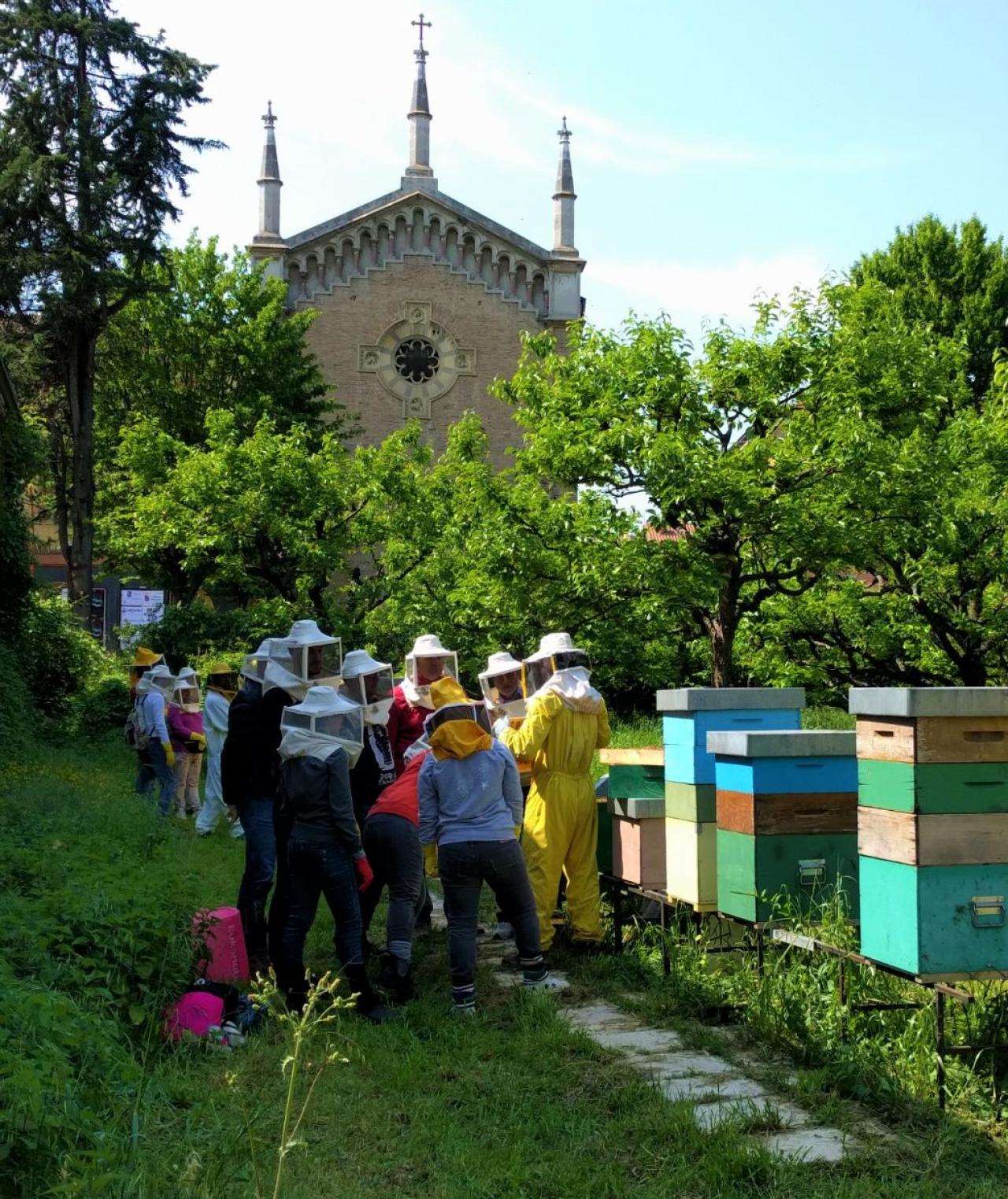
Human activities, especially in this current era (anthropocene era), result in over exploitation of natural resources, destruction of natural habitats, the massive use of chemicals… Though it is also in human reach, that is in our heads and hands, to do otherwise. In this article the city of Cesena, one of five BeePathNet partners, is presenting their good practices on awareness raising using several instruments and tools to address different groups such as farmers, citizens, children as well as to launch a “bee friendly” vision of the city.
![]()
Read the article in any of the other 6 languages:
![]()
In this anthropocene era, the over exploitation of natural resources, the destruction of natural habitats, the massive use of chemicals in the agricultural and industrial systems managed to put numerous animal and plant species under greater threat leading to a steady decline in the number of species since the 1950s. Recent scientific researches on honey and wild bees have raised concerns on the significant threats the pollinator populations are facing and the potential consequences of their decline.
In this context the spread of artificial environments, the destruction of natural habitats due to intensive farming, and the widespread use of pesticides in agricultural areas, turned pollinators towards urban and peri-urban areas to find refuge and in fact urban environments are usually warmer, less humid, they can provide flowers bed over a long period during the year, and they are generally less polluted by pesticides than the surrounding agricultural areas.
Of course cities’ institutions should do more in order to properly preserve and maintain biodiversity and to finally welcome pollinators; in particular they can play a crucial role in increasing the awareness and education level of their citizens leading to a strong acceptance of insects in their towns. Today, unfortunately, we still face episodes of mystification on the presence of insects, especially if they can sting; this holds true for the urban environment and this must be directly linked to the lack of knowledge and sensibility we need to work on.
The Awareness raising theme has to be certainly faced on a multiple level scale with different instruments and tools. Firstly Institutions (regional and local authorities) need to raise awareness within their own organizations, stimulating the comprehension of the importance of biodiversity preservation in the cities, with the aim of defining a “master strategy” involving different departments, directed to push the environmental aspects as one of the main drivers of their daily decision making process.
Secondarily the productive sectors insisting on the urban and peri – urban area: farmers, firms, professionals have to be educated on the opportunities they can find from a “greener environment” and how they can contribute to it through their daily actions. Going “green”, in these times, can also represent a very powerful marketing opportunity both in the agricultural and in the industrial sector.
Finally citizens! This is probably the most challenging part of the job. Raising awareness on the importance of the environmental protection, of the biodiversity preservation, of the pollinators role is a long run and it takes time and constant commitment in order to produce tangible results.
Working on citizens awareness means starting from schools: education is the engine to create good and aware citizens and teaching pupils and students is also often teaching their families.
Elder people, coming from generations for whom the environmental culture was usually just a secondary aspect on their life, should be involved through communication: seminars, workshops, events, shows, different tools should be involved in order to reach and to properly transfer the message to them, not forgetting that this process must be inclusive with respect to the disadvantaged part of the urban society (foreigners, low income citizens, disabled people).
The City of Cesena, along its journey in the BeePathNet, is developing a strategy devoted to awareness raising of its citizens in the field of Environmental consciousness and specifically focusing on the importance of pollinators for our lives.
The administratio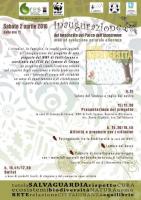
Through the BeePathNet project the Municipality added a focus on pollinators and bees in the urban environment giving birth to a new idea: experiment a different way of managing some green areas within public parks in order to regulate mowing in accordance to the flowering periods. Once the correct ad-hoc info-graphic will be in place, those area will certainly become a place for education and awareness raising for citizens.
A cycle of seminars to be held next spring, has been recently set. They are devoted to different target groups (professionals, citizens, institutions) with three main topics: a correct professional use of phytosanitary products (targeted to farmers and professionals), a bee friendly garden for all (for a sustainable management of balconies and gardens from the botanic approach to the bee friendly use of phytosanitary and pest control products) targeted to citizens, a round table on the importance of Museums in the scientific awareness raising/education process of citizens.
In parallel this year Cesena’s primary school will have the opportunity to experiment a precise educational path on bees, pollinators and beekeeping, enlightened by the presence of a beekeeper in the class showing pupils a real bee hive and the busy life of bees.
Beekeeper associations play a crucial role in the success of this strategy: they can be the engine of great 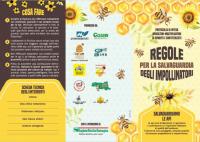
The organization of events is also a powerful instrument to get the attention of citizens. If supported by a good communication work they can reach people and involve them. This is what has been done this year in order to celebrate, for the first time in Cesena, the World Bee Day (Fig. 3: Citizens listening to beekeepers’ stories – A moment in the World Bee Day 2019 in Cesena; author: archive of the City of Cesena). This event has been the first occasion to network the institutions, the associations, the companies, the citizens that in Cesena take care of urban biodiversity and pollinators conservation. The success of the event showed that if properly stimulated, the general public is now sensitive to the topics of our project.
![]()
Moreover, in the era of webs and networks, the burden of awareness raising can and should be shared in order to make it more effective and acting on a significantly larger scale. This is the reason why stronger connection are being built with complementary projects that in different cities are approaching the same topic with the common aim of creating friendly urban environments for bees and pollinators.
Some very interesting information can be found, as an example, by discovering the “Let it bees!” (Fig. 4: Fidenza’s working group; author: Municipality of Fidenza) project (Municipality of Fidenza,) and the “Cremona Urban Bees” (Fig. 5: Cremona's urban beekepers in action; author: "Città Rurale") project (Città Rurale Associations and Municipality of Cremona,).
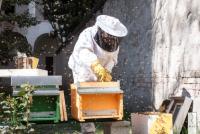
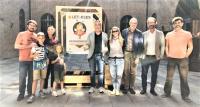
Mario Laghi, Ph.D, Municipality of Cesena, Project Coordinator

